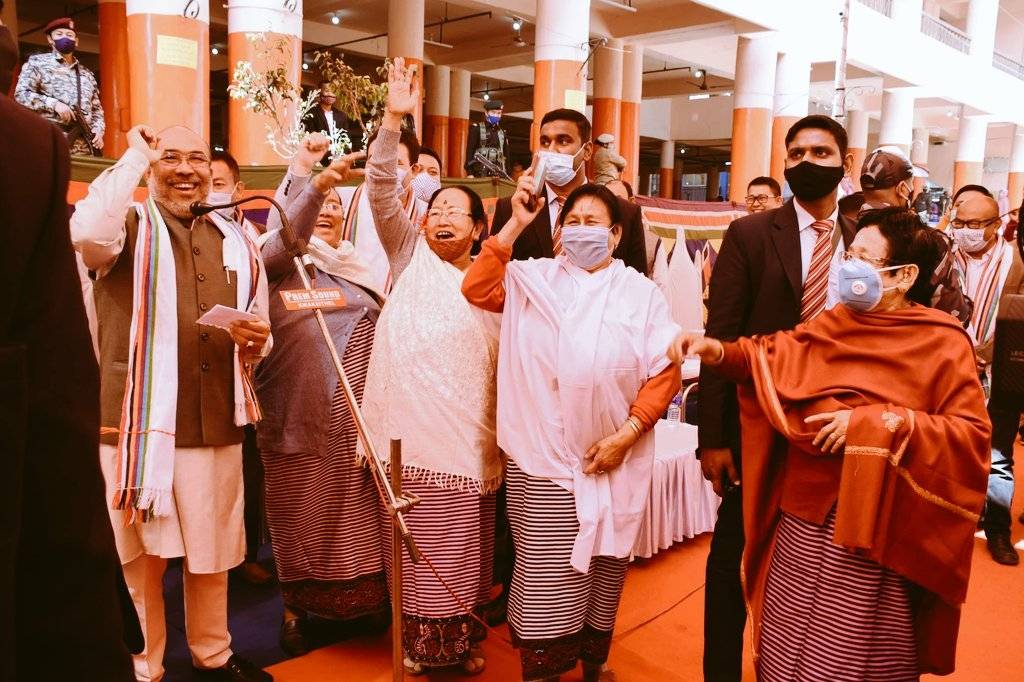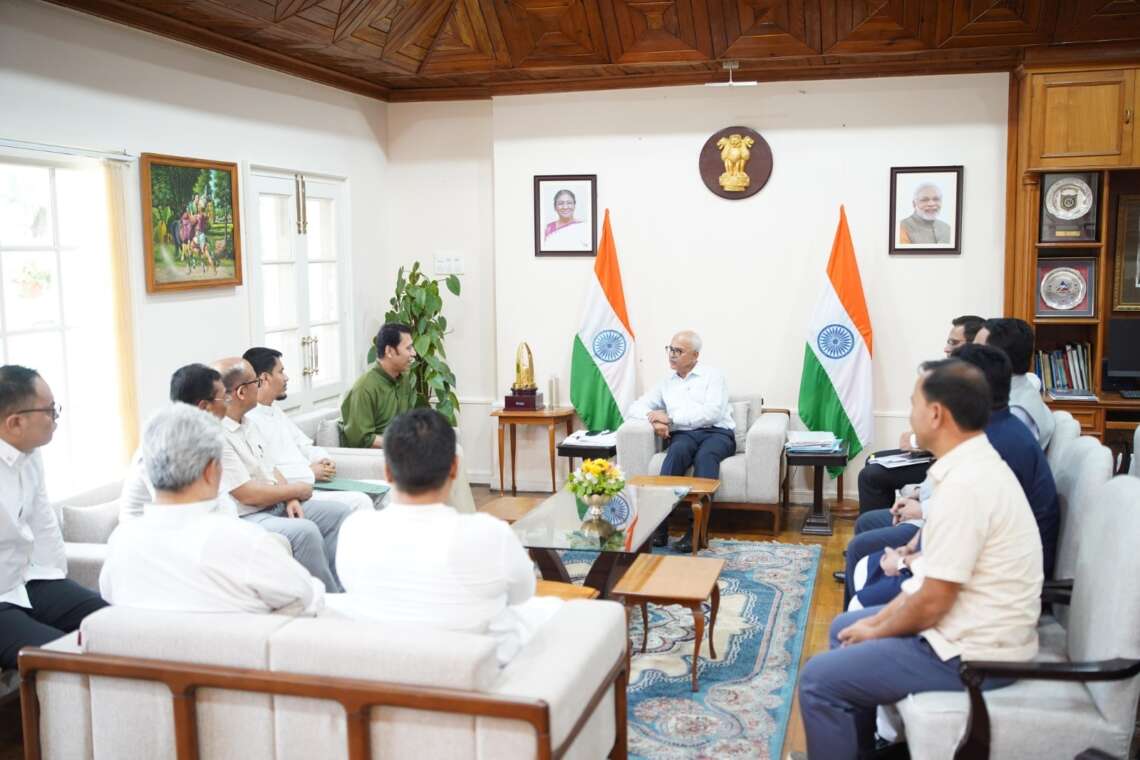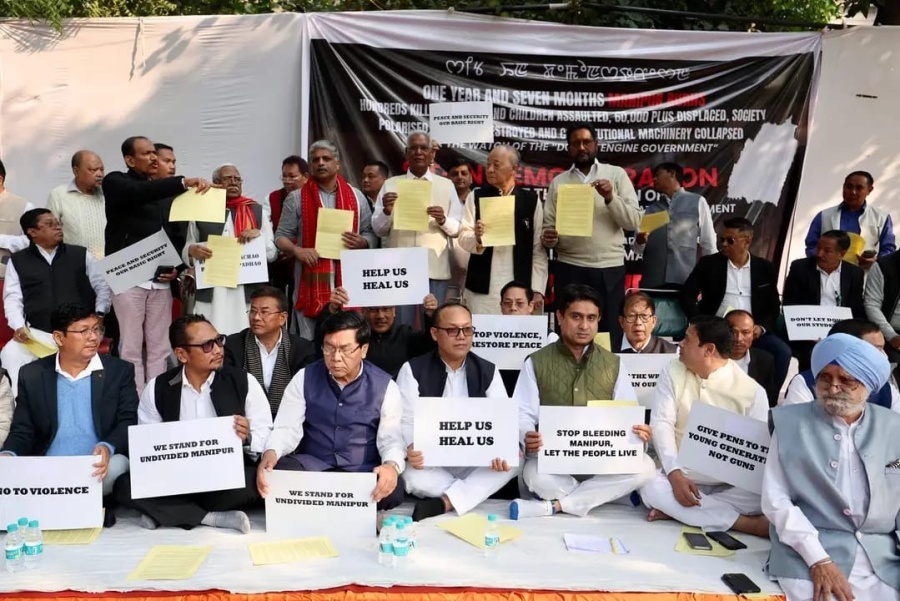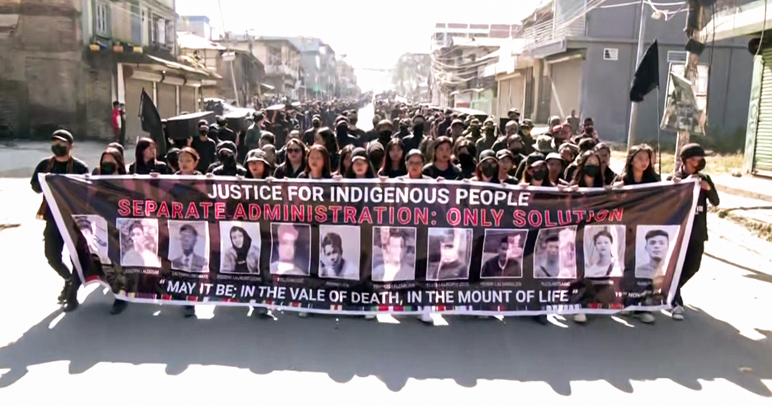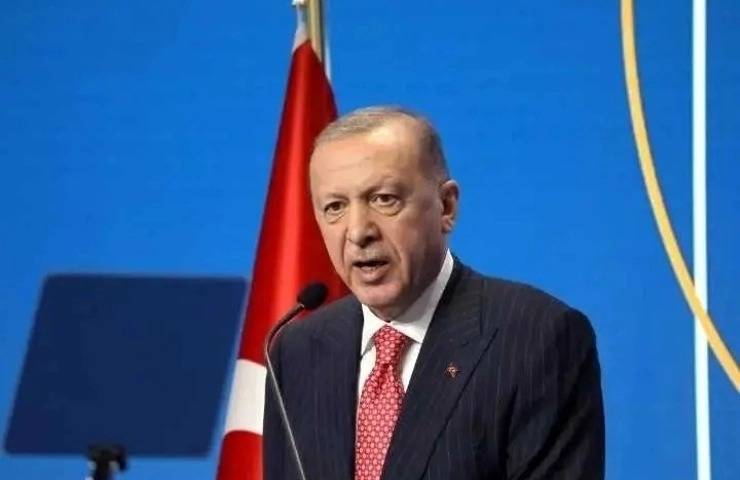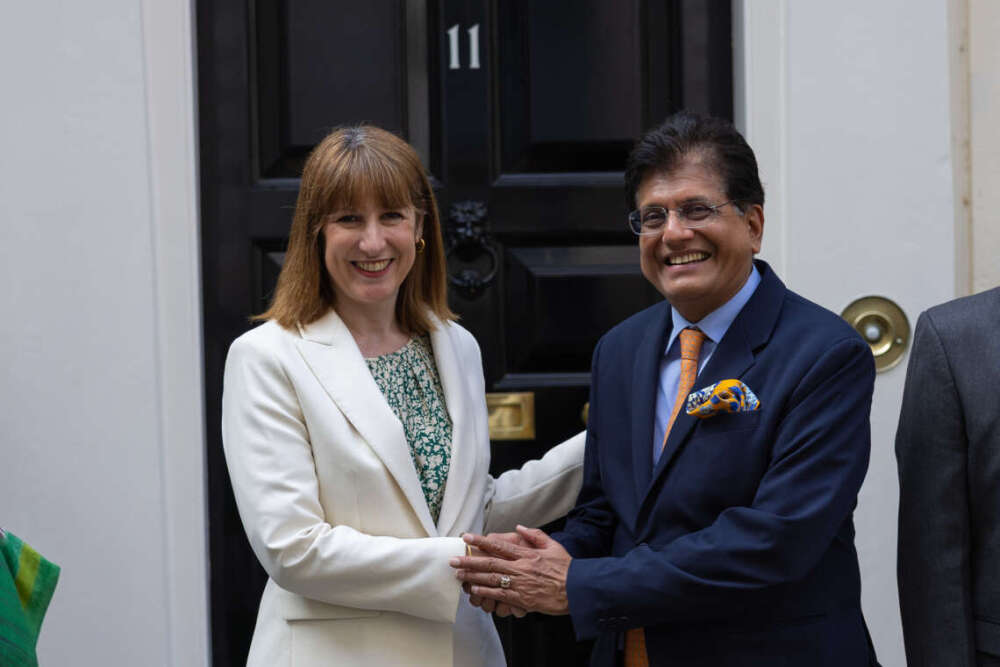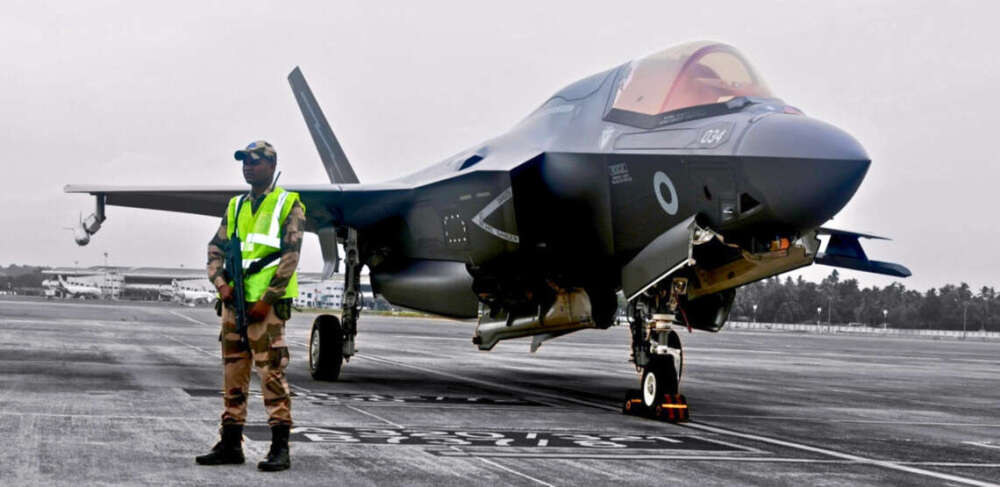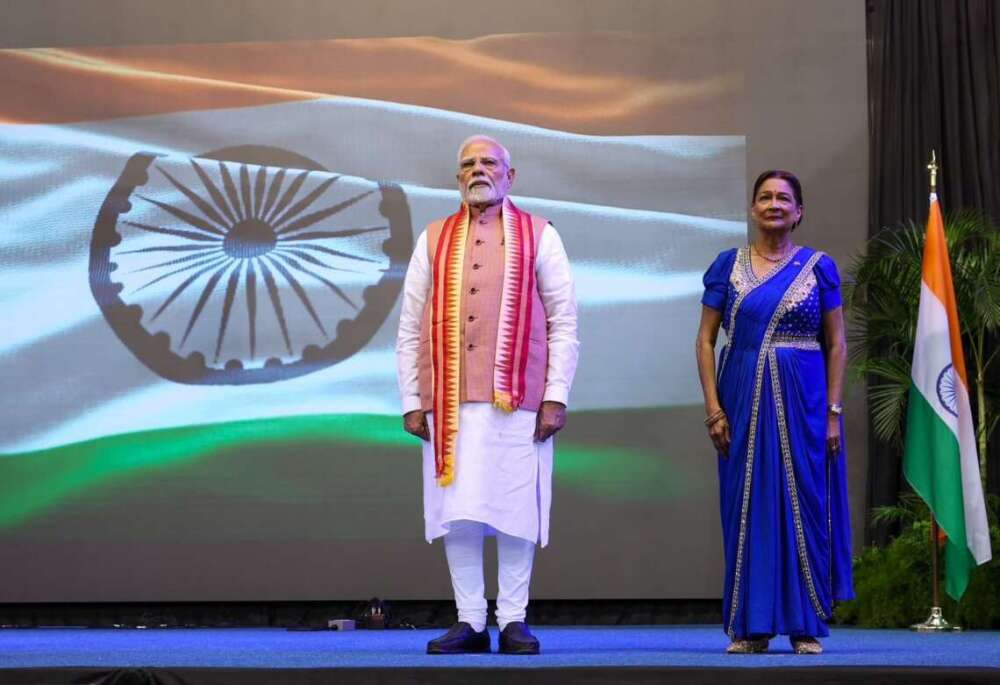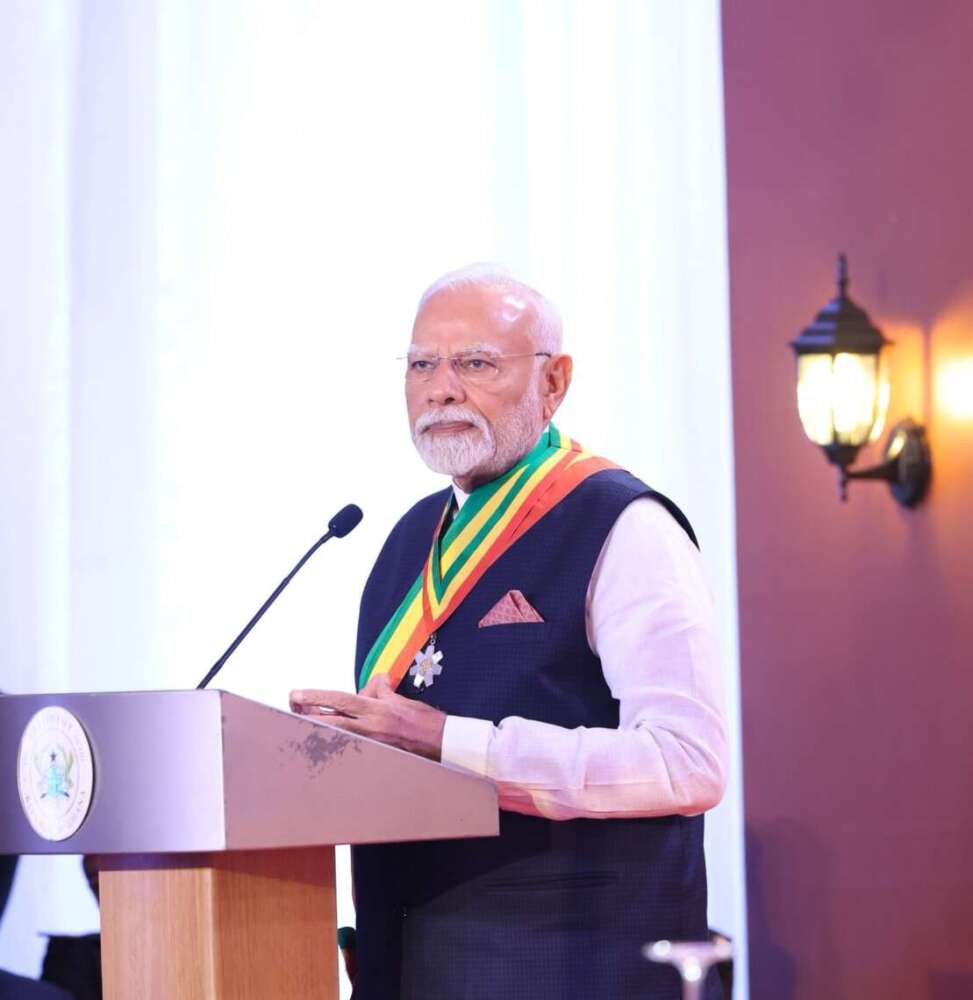The market, which has a history of over 500 years, has around 3,615 licenced women vendors registered with the Imphal Municipal Corporation…reports Sujit Chakraborty
Akin to many previous elections, 10,49,639 women voters outnumbered the male electorate of 9,85,119 in poll-bound Manipur, where women have always been playing a significant role in society for over a century. However, women are almost non-existent in the decision or policy-making bodies.
Since British rule, women in the erstwhile princely state have been playing a prominent role in Manipuri society for over a century.
From economic activities to mass agitations, domestic affairs to sports and cultural activities, societal awareness to fight against the drugs menace and militancy, women have been in a dominating role. However, in the male-dominated society, they (women) have an insignificant chance to become a lawmaker or a minister or at least be in a commanding administrative position.
The world’s largest and century-old all-women-run market ‘Ima Keithal’ or the ‘Mother’s Market’, located in Manipur capital Imphal and other smaller all-women markets functioning in different parts of the northeastern state boost economic activities to a large extent.
The market, which has a history of over 500 years, has around 3,615 licenced women vendors registered with the Imphal Municipal Corporation.
Imphal-based writer and political commentator Iboyaima Laithangbam said: “Since the British period, the Ima Keithel has not remained only a simple marketplace or trading hub, but developed as an apex centre for campaigns on various societal issues and against anti-social activities.”
Another Manipuri writer Rajkuamr Kalyanjit Singh said that men can purchase anything from “Ima Market” but they cannot be a vendor or seller.
“Manipuri women wearing their traditional attire operate their shops and stalls and occasionally organise various traditional festivals and events. The women vendors help each other and guide the new vendors to do business,” Singh said.
The vendors in Ima Market are known as ‘imas’ or mothers, and the majority of them are between 50 and 70 years of age.
Singh said that in 1891 the British introduced stringent political and economic reforms leading to an adverse impact on the market.
“Several measures including high taxation were imposed that eventually troubled the socio-economic fabric of the state in general and Manipuri society in particular. All these led to the formation of the ‘Nupi Lan’ (Women’s War) movement in 1939 to revolt against the atrocities of the British. Protest rallies, mass gatherings and campaigns were held to denounce the British policies and measures.
“The British, in order to thwart the agitation, tried to sell the market’s buildings to external buyers and foreigners but the women of Manipur stood against the British and defended their market aggressively,” the veteran scholar said.
Since time immemorial, Manipur enjoys a distinct place in the handloom sector with lakhs of looms in the northeastern state. One of the special features of the industry is that women are the only weavers.
Despite women’s very significant position in Manipuri society, the representation of women in formal electoral politics is quite low as is evident from the results of the assembly and parliamentary elections.
Eighteen years after Manipur became a full-fledged state in 1972, the state saw its first woman legislator, the late Hangmila Shaiza (wife of late Yangmasho Shaiza, the fourth Chief Minister of Manipur) in 1990 from Ukhrul Assembly constituency.
Then, K. Apabi Devi and W. Leima Devi (who subsequently became a minister of state) got elected to the Assembly. Till date, only one woman Lok Sabha member Kim Gangte, from a tribal reserved seat – Outer Manipur, got elected to the 12th Lok Sabha in 1998.
Only three (five per cent) women were elected in the 2012 assembly elections and in the 2017 assembly polls, two (3.4 per cent) women were elected to the 60-member assembly.
Manipur has had less than 10 legislators and an MP from women in over five decades of electoral politics since 1972.
The Women’s Work Participation Rates (WPR) is much higher for Manipur compared to that of India as a whole.
Female WPR for rural areas according to the 2011 census is 41.2 per cent in Manipur against 30 per cent for all India. In urban areas, this percentage is 33.2 per cent for females in Manipur, 15.4 per cent for all India.
Social scientists, political commentators and pundits are unanimously saying that despite the women’s vital and unparalleled role in Manipuri society, they have always been neglected by the political parties and their leaders.
Dr Chinglen Maisnam, retired Associate Professor Manipur University (central varsity), said that women are always being treated as workers or a working force and the men are leaders or the dominating force.
“Manipur politics are mostly dominated by muscle power and money power leading to the insignificant women’s participation in the state politics and electoral fray. Gender bias is very strong in the mindset of most leaders of the political parties,” Maisnam said.
The 73rd and 74th Constitutional Amendments paved the way for 33 per cent representation for women in local and grassroot level governments, he said.
“The 33 per cent reservation facilitates the women at the Gram Panchayat level to dominate the lower level governance and pave a route to political empowerment and gender equity by giving opportunity for a large number of women to enter into local governments and to be a part of decision-making bodies.
“But at the higher level or top level politics, the women have almost no role,” said Maisnam.
He said Manipuri women are not free from violence and abuse in their lives, despite their economic independence.
“Data from National Family Health Surveys-4 shows that 53.1 per cent women experienced spousal violence. The NFHS-5 revealed that though the percentage has come down to 39 per cent but it is still much higher than the national average,” Maisnam pointed out.
Writer Rajkuamr Kalyanjit Singh said that despite the prominent role of women in Manipur and inspite of the higher percentage of women voters, women are still not able to contribute significantly in the decision making process through electoral politics.
He said: “Leaders of all political parties are always talking about political empowerment along with economic empowerment of women, but in reality the situation is completely different.”
Manipuri women though deprived on many counts and victims of domestic violence, fought against many injustices since British rule.
The first ‘Nupi Lan’ (women’s war) was in 1904 when women organised a collective protest against the imposition of an order by the British requiring male members to rebuild the bungalows of British officials, forcing the government to withdraw its order due to the massive protests by women.
The second ‘Nupi Lan’ in 1939 was against the artificial scarcity of rice created by colonial policies and outside traders, and the government ultimately had to ban the export of rice from the state.
To this day, December 12 every year is celebrated as ‘Nupi Lan’ day to mark women’s uprising against the oppression of the British.
It was the “Ima Keithel” or “Ima Market” in Imphal that was the launching pad of the epoch-making two ‘Nupi Lan’ against the British.
“The “Ima Market” is not only an economic base of the Imas (mothers), but also their political base. This ‘Nupi Lan’ (an exclusive women’s movement) also marked the first people’s organised protest against the British,” Singh pointed out.
ALSO READ-BJP accounts for 70% of assets declared by national parties


